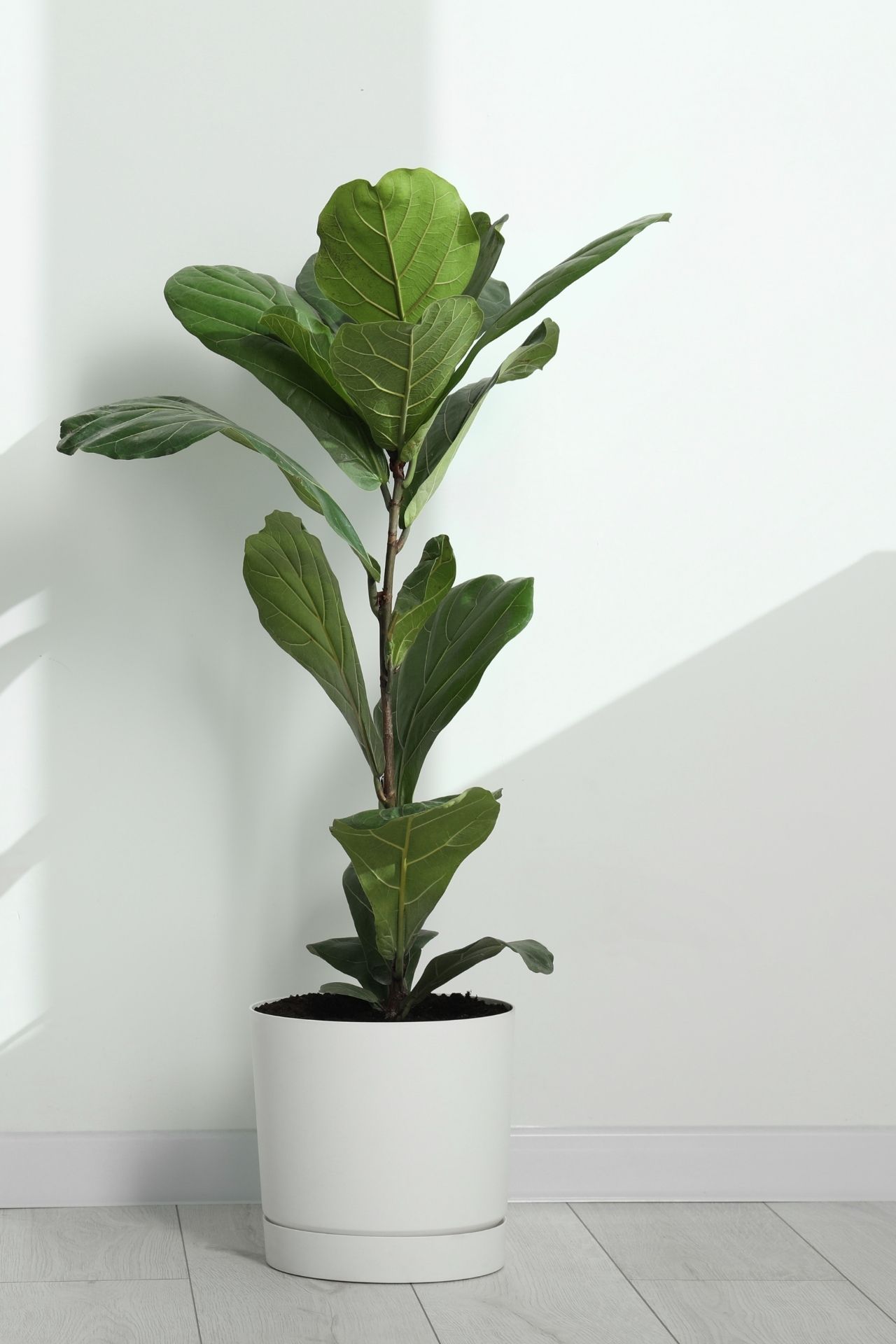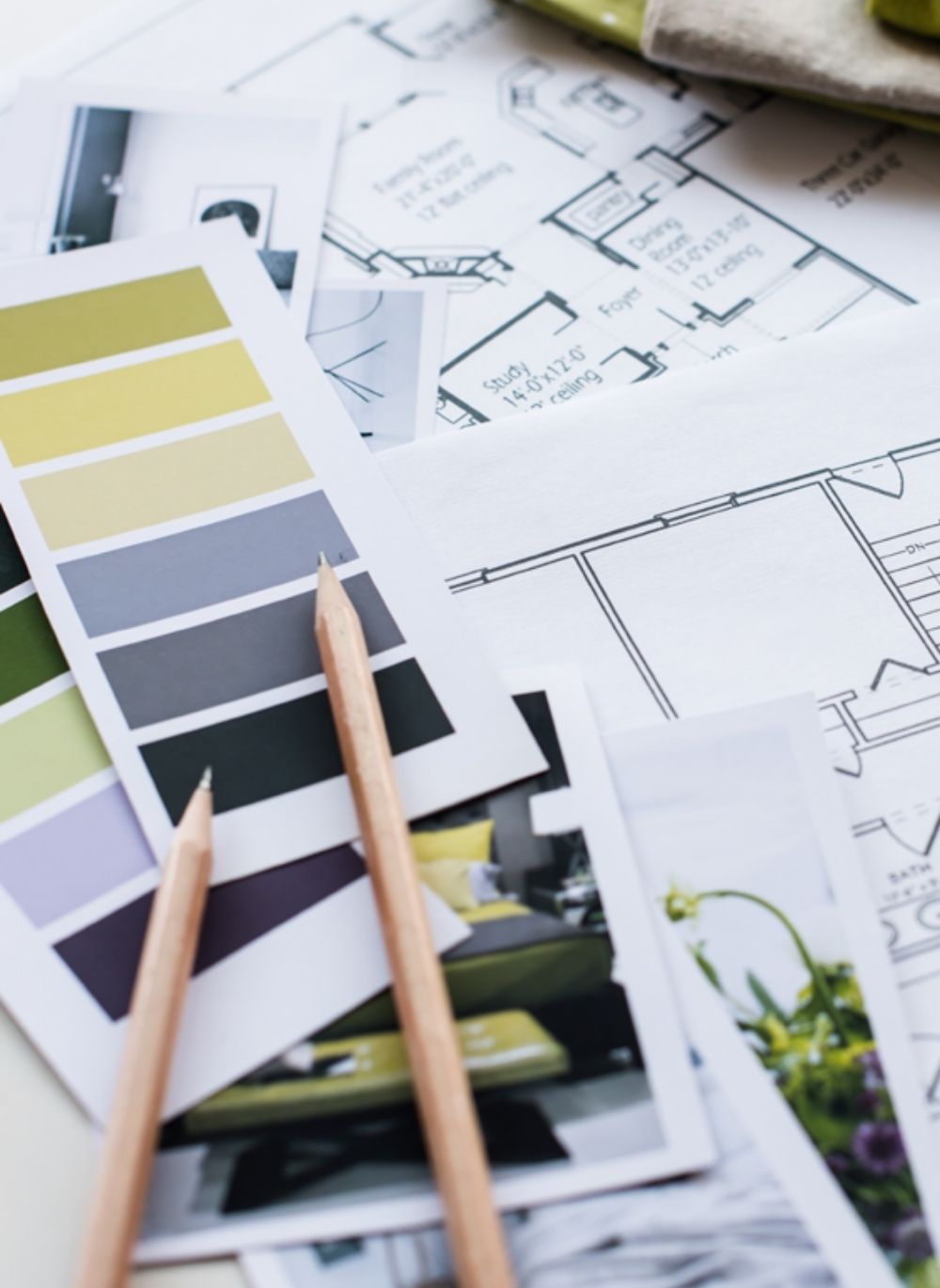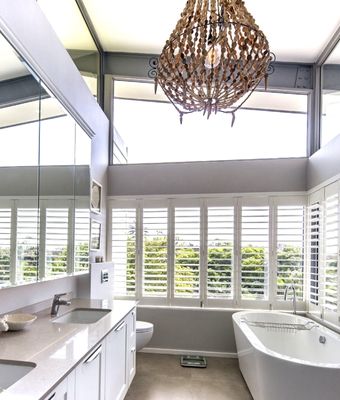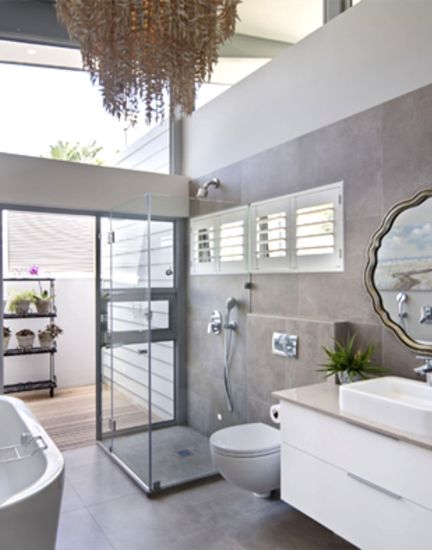
Meet Lee Moon
Design has always been more than a profession for me — it’s a passion for creating spaces that reflect the people who live in them. With over three decades of experience, I offer guidance from the first idea to the final touches — whether it’s conceptual layouts, mood boards, or working alongside architects to bring plans to life.
My career has taken me across South Africa and beyond, working on private homes, lodges, hotels, and corporate spaces. Along the way, I’ve had the privilege of serving as KwaZulu-Natal Chairperson and National PRO of the South African Guild of Interior Designers, and seeing my work featured in publications such as South African Garden & Home and SA Homeowner.
Every project is an opportunity to listen, to interpret, and to create something truly personal — a home that feels like your story made visible.
Meet Lee Moon
Design has always been more than a profession for me — it’s a passion for creating spaces that reflect the people who live in them. With over three decades of experience, I offer guidance from the first idea to the final touches — whether it’s conceptual layouts, mood boards, or working alongside architects to bring plans to life.
My career has taken me across South Africa and beyond, working on private homes, lodges, hotels, and corporate spaces. Along the way, I’ve had the privilege of serving as KwaZulu-Natal Chairperson and National PRO of the South African Guild of Interior Designers, and seeing my work featured in publications such as South African Garden & Home and SA Homeowner.
Every project is an opportunity to listen, to interpret, and to create something truly personal — a home that feels like your story made visible.

Since 1992
I have been dedicated to creating spaces that stand the test of time — elegant, meaningful, and true to the people who live in them. Our commitment has always been to listen deeply, design with integrity, and craft interiors that not only look beautiful but feel like home.
Over the years, this philosophy has remained unchanged: it is never about imposing a style, but about uncovering yours — and bringing it to life with creativity, expertise, and care.
Why Work With Me
Creative Clarity
Navigating finishes, fabrics, and layouts can feel overwhelming. I simplify the process, presenting you with clear, thoughtful choices that bring your vision into focus.
Attention to Detail
From the placement of a single chair to the way natural light fills a room, every detail is considered to ensure balance, harmony, and long-lasting appeal.
Trusted Network
Decades in the industry mean strong relationships with suppliers, artisans, and contractors — ensuring quality workmanship and access to materials you won’t easily find on your own.
My Process
Initial Consultation
We meet — either on site or at my office — to discuss your ideas, requirements, and budget. This is charged at an hourly consultation rate. During this time, I’ll share options, spark ideas, and explore the best way forward within your timeline.

Next Step
If you’re happy with the proposals, and depending on the scope of work, we’ll either arrange another meeting to review materials or I’ll prepare a detailed design proposal outlining fees. Once approved and fees are settled, the project begins.

Work in Progress
As the project unfolds, I’ll spend time on-site to monitor progress and keep you fully updated. I believe in collaboration, and love involving my clients in every stage — because this is when a project truly comes alive.

Basic Principles of
Interior Design
The principles of design are the foundation of every successful interior. Each one plays a role in shaping how a space feels and functions. On their own, they can create beauty, but when they work together in harmony, the result is far more powerful. A room feels balanced, inviting, and complete when these elements are thoughtfully combined. For me, these principles are more than theory — they are the framework I use in every project, guiding decisions both big and small. They ensure that each space I create isn’t just visually appealing, but also meaningful, enduring, and deeply connected to the people who live or work within it.
Colour
Light
Superior lighting is essential to any space, whether its creator is natural, man-made, or a combination of both. When choosing lighting, we must think about factors like the colours of the light, the light intensity or whether the light should be dimmed.

Form
Line
Pattern
Patterns are the intentional repetition of forms, lines, or other design elements. Patterns usually appear on wallpaper or fabrics, but can also pop up anywhere in the home. While patterns can add life and motion to rooms and spaces, too many clashing patterns can start to look chaotic, so we will need to tread lightly when choosing them.
Space
Texture

Colour
Form
Light
Superior lighting is essential to any space, whether its creator is natural, man-made, or a combination of both. When choosing lighting, we must think about factors like the colours of the light, the light intensity or whether the light should be dimmed.
Line
Pattern
Patterns are the intentional repetition of forms, lines, or other design elements. Patterns usually appear on wallpaper or fabrics, but can also pop up anywhere in the home. While patterns can add life and motion to rooms and spaces, too many clashing patterns can start to look chaotic, so we will need to tread lightly when choosing them
Space
Texture
Every space tells a story — and I would be honoured to help bring yours to life. Whether you’re ready to start a new project or simply exploring ideas, I invite you to reach out. Let’s create spaces that not only work beautifully but feel deeply connected to who you are.



